
The Phytohormone Ethylene and Transcriptional Repression
Research, The Plant Cell, The Plant Cell: In a NutshellZhang et al. investigate histone deacetylase in the ethylene response. Plant Cell (2017). https://doi.org/10.1105/tpc.17.00671
By Fan Zhang
Background: Ethylene is the only gaseous hormone in plants, and is a key hormone controlling plant growth and resistance to stress. Epigenetic mechanisms are…
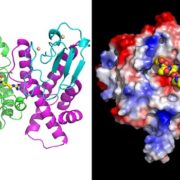
Structure of KDM5 Gives Insight to Histone Demethylation
Research, The Plant Cell, The Plant Cell: In a NutshellYang et al. reveal a conserved H3K4me3 recognition mechanism shared by both plant and animal KDM5 histone demethylases. The Plant Cell (2017). https://doi.org/10.1105/tpc.17.00666
By Z. Yang, Q. Qiu, X. Cao and J. Du
Background: Histone methylation is a conserved gene regulation mechanism in plants…
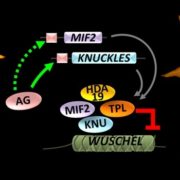
When Mini Protein Makes Big Fruit
Research, The Plant Cell, The Plant Cell: In a NutshellBollier et al. investigate locule number control in Arabidopsis thaliana and tomato. The Plant Cell 2018 https://doi.org/10.1105/tpc.17.00653.
By N. Bollier and M. Hernould
Background: During flower development, production of a defined number of floral organs is due to the determinate fate of floral…

Ribosomes Meet Epigenetics
Research, The Plant Cell, The Plant Cell: In a NutshellChen et al. link chromatin modifying machinery with ribosome biogenesis. The Plant Cell (2018). https://doi.org/10.1105/tpc.17.00626
by Xiangsong Chen and Xuehua Zhong
Background: All cells need to make proteins to function properly. Ribosomes are the protein production factories consisting of…

Protection from the Sun: Sunscreen for Plants
Research, The Plant Cell, The Plant Cell: In a NutshellMalnoë et al. demonstrate that a protein from the lipocalin family plays a role in promoting energy dissipation that prevents damage from long-term light stress. The Plant Cell (2017). https://doi.org/10.1105/tpc.17.00536
By Alizée Malnoë
Background: Light is necessary for plant growth…
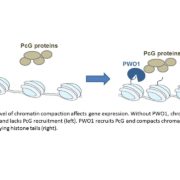
Recruiter of Chromatin Regulators
Research, The Plant Cell, The Plant Cell: In a NutshellHohenstatt et al. describe a new recruiter of PcG chromatin regulators affecting flowering and meristem identity in Arabidopsis. https://doi.org/10.1105/tpc.17.00117
By Pawel Mikulski
1) BACKGROUND: Polycomb group (PcG) proteins are key regulatory proteins involved in maintaining the ability (and…
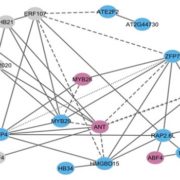
Symphony of the regulators: How do plants control complex responses to environmental signals?
Blog, The Plant Cell, The Plant Cell: In BriefThere are several models we use to conceptualize how plants respond to environmental signals through transcriptional regulation. In perhaps the best-understood model, the perception of some environmental signal flows through one or several mechanisms to a master regulator, often a transcription factor…
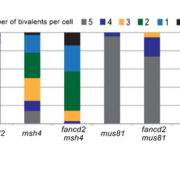
Hold Me Closer: Meiotic Crossover Formation and FANCD2
Blog, The Plant Cell, The Plant Cell: In BriefMeiosis takes a single, diploid cell and turns it into four haploid spores. The equal distribution of genetic material is critical for genome stability across generations, and relies heavily on proper pairing of chromosomes and their timely release. During the first meiotic division, crossovers (COs)…
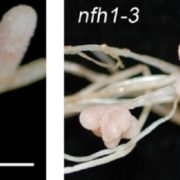
Goldilocks Principle: MtNFH1 Ensures Optimal Nod Factor Activity
Blog, The Plant Cell, The Plant Cell: In BriefPartner selection is a critical step that must occur early during establishment of Root Nodule Symbiosis (RNS). RNS refers to the mutualistic interaction between legumes and some non-legumes with soil bacteria that help convert atmospheric nitrogen into plant usable ammonia. In legumes such as Medicago…

